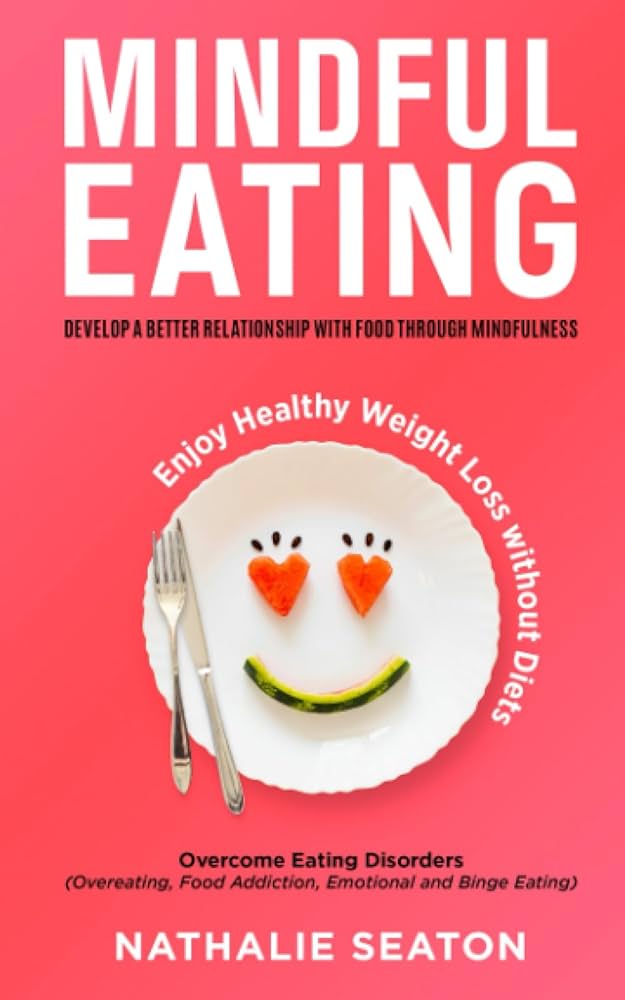Food. We all need it to survive, to nourish our bodies, and to provide us with energy. But in today’s fast-paced, convenience-driven world, our relationship with food has become somewhat complicated. We eat on the go, in front of screens, and often without truly paying attention to what we are putting into our mouths. It’s time to slow down, to be present, and to develop a healthy relationship with food through mindful eating.
Mindful eating is not a diet or a weight loss program. It is a way of reconnecting with our bodies, our hunger and fullness cues, and our cravings. It’s about learning to eat with intention and attention, in a way that honors our bodies and promotes overall wellness. It’s a simple concept, but one that requires practice and mindfulness.
So, how can we start incorporating mindful eating into our daily lives? Here are a few practical tips to get you started:
1. Slow down: Take the time to truly savor and appreciate each bite of food. Put down your utensils between bites, chew slowly, and pay attention to the flavors, textures, and sensations in your mouth. By slowing down, we can fully experience the pleasure of eating and become more in tune with our bodies’ natural signals of hunger and fullness.
2. Eat without distractions: Turn off the TV, put away your phone, and step away from the computer. When we eat while distracted, we are more likely to overeat and less likely to fully enjoy our meals. Instead, create a calm and peaceful eating environment. Light a candle, play relaxing music, or simply enjoy the sounds and smells of your food.
3. Listen to your body: Our bodies are incredibly smart and have an innate wisdom when it comes to hunger and fullness. Pay attention to the physical sensations in your body before, during, and after eating. Are you truly hungry, or are you eating out of habit or emotional reasons? Stop eating when you are satisfied, not when you are stuffed. Trust your body to tell you when it needs fuel and when it has had enough.
4. Honor your cravings: Cravings are not our enemy; they are our body’s way of communicating its needs. Instead of mindlessly giving in to cravings or depriving yourself of certain foods, practice listening to your body’s signals and making mindful choices. If you are craving something sweet, instead of reaching for a candy bar, try satisfying your craving with a piece of fruit or a small piece of dark chocolate. It’s all about finding balance and nourishing yourself both physically and emotionally.
5. Cultivate gratitude: Take a moment before each meal to express gratitude for the food on your plate. Reflect on the journey the food took to reach your table – the farmers, the workers, the cooks. By cultivating gratitude, we can foster a deeper appreciation for the food we have and the nourishment it provides our bodies.
Developing a healthy relationship with food takes time and practice. It’s not about perfection, but rather about embracing the journey and being kind to ourselves along the way. Mindful eating is not a quick fix or a one-size-fits-all approach, but rather a way of life that can help us find peace and balance in our relationship with food.
Incorporating mindful eating into your daily routine can have a profound impact on your overall well-being. From improved digestion and increased energy levels to a greater appreciation for food and a better connection with your body, the benefits of mindful eating are far-reaching.
So, I invite you to join me on this journey of mindful eating. Let’s slow down, be present, and develop a healthy relationship with food that nourishes our bodies and feeds our souls. It’s time to take back control of our eating habits and embrace a more mindful approach to nourishing ourselves.
